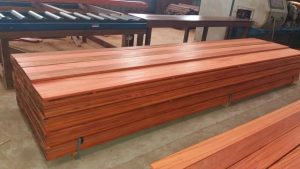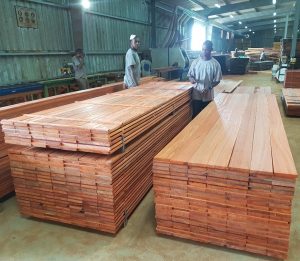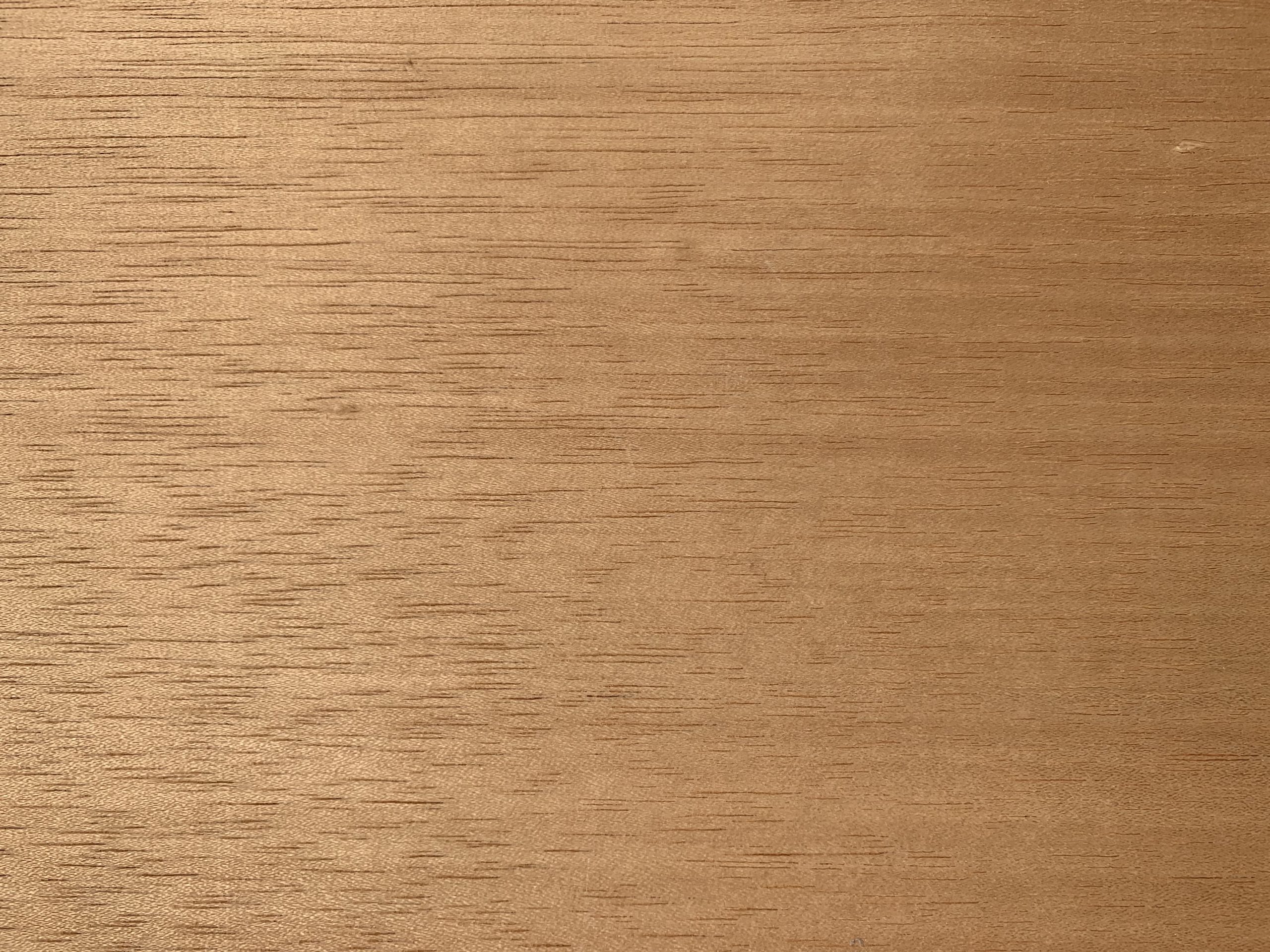ILOMBA / OTIE
Ilomba wood occurs in Western and Central Africa. Due to its distinctively straight fibres and light color, Ilomba has proven itself to be significant in various areas. It is especially successful in the production of fillets and rotary cut woods.
Description
| Botanical name: | Pycnanthus angolensis |
| Overall character: | This tree generally has a medium diameter and light, slightly porous wood with an exceptionally even structure and optical appearance. |
| Color and structure: | The splint has a yellowish white to pale pink tint, with no visible distinction between heartwood and sapwood. Fresh wood is prone to pink-grey to brownish, bacterial discoloration in the the bark-free areas as well as during the drying of the sawn timber, especially under staple blocks and at the end of log cuts. |
| Characteristics/features: | Moderately light wood with slightly lower strength properties than Limba, but higher than Okoume. The fresh wood is easily cuttable. It tends to develop fibrous edges. |
| Areas of use: | Due to the lack of resistance to fungus when damp Ilomba is recommended for indoor use. Here, it can diversely be used as a solid wood, unless a special appearance is needed or a heavier strain occurs. |
| Sources: | https://www.holzvomfach.de |









